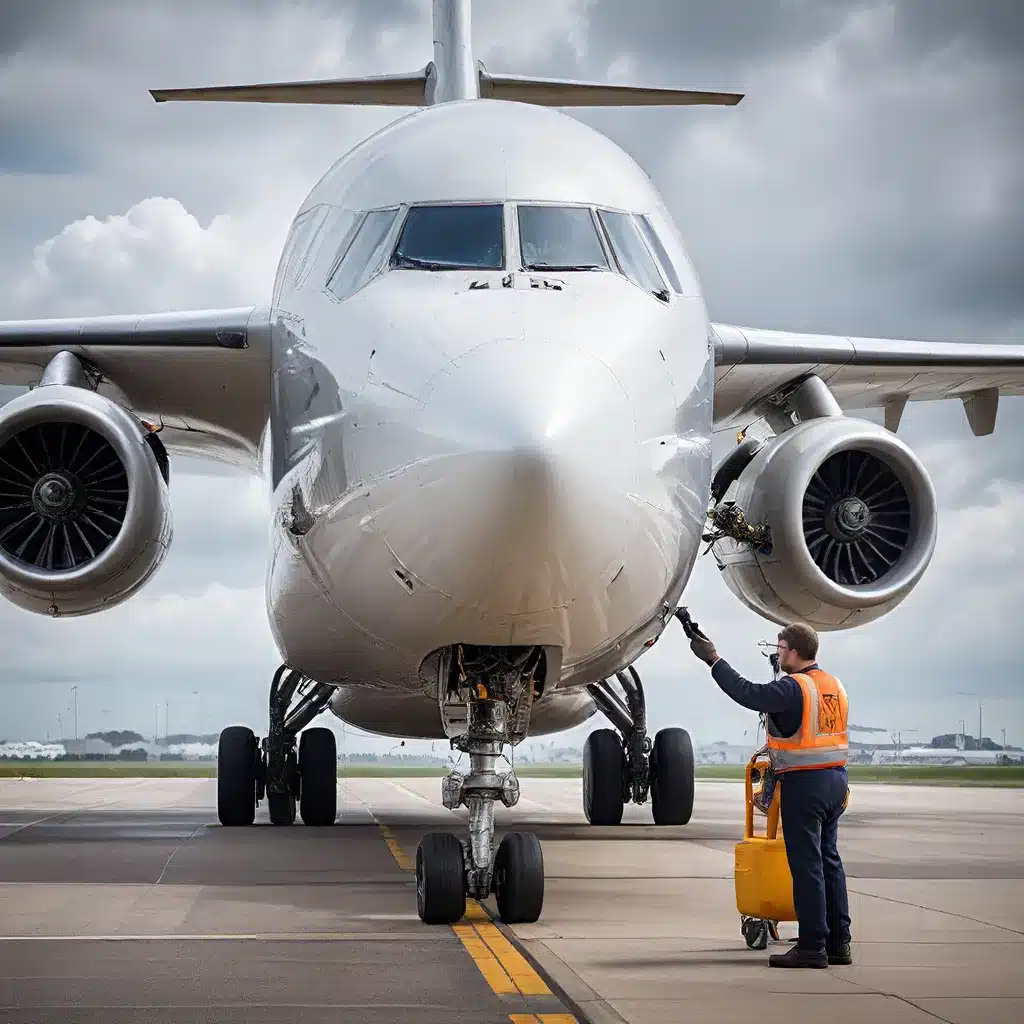
The Rise of Sensor Networks in Aerospace Operations
Sensor networks have become increasingly integral to the aerospace industry, transforming the way aircraft are designed, maintained, and operated. As the complexity of managing airport facilities and operations escalates alongside rising passenger traffic, safety concerns, and operational demands, the integration of innovative sensor-driven solutions has become imperative for streamlining operations and enhancing overall efficiency.
The global IoT connections are expected to grow rapidly, reaching more than 29 billion active IoT endpoints by 2027. At the intersection of this technological revolution are customizable and flexible process management apps that can quantifiably improve efficiencies and increase visibility through automation and digitized process management. By seamlessly integrating sensors and IoT, these solutions enable real-time data collection, predictive analytics, and enhanced decision-making for airport facilities managers.
Sensor-Driven Predictive Maintenance: Transforming Aerospace Operations
One of the key applications of sensor networks in the aerospace industry is predictive maintenance. Sensor-driven workflows empower teams with real-time data and predictive analytics, allowing for improved decision-making and optimized resource allocation. From monitoring airport infrastructure and equipment to enhancing passenger experience, IoT can be applied to every stage of the aviation journey.
When implemented correctly, integrated intelligent process management apps can transform complex tasks into simple and compliant automated workflows, resulting in measurable increases in the quality and efficiency of operations. For example, sensor-driven data can intelligently monitor passenger traffic and trigger automated responses, such as rerouting security teams to less busy areas, to optimize the passenger experience.
Enhancing Safety and Compliance through Sensor Integration
Sensor networks play a critical role in ensuring the safety and compliance of airport facilities. By integrating advanced technologies such as IoT and AI for real-time monitoring and control, airports can enhance their comprehensive protection while keeping the safety and security of passengers and personnel at the forefront.
Compliance is a complex and rapidly evolving challenge for airport facilities managers, who must navigate a dynamic regulatory environment and increasing scrutiny. Sensor-driven process management apps can help streamline compliance efforts by automating data collection, reporting, and facilitating necessary actions. This not only saves time and resources but also reduces the risk of preventable incidents that can have costly long-term impacts on the airport’s operations and reputation.
Improving Passenger Experience through Sensor-Driven Insights
Passenger experience is a critical factor in the success of any airport or aviation facility. Sensor-driven data can play a crucial role in enhancing the overall passenger experience, particularly in areas such as facility cleanliness and maintenance.
Smart sensors can track door openings, measure foot traffic, and monitor the stock of consumables in high-traffic restroom areas. By integrating this sensor-driven data with real-time dynamic dashboards and automated workflows, process management apps can trigger cleaning crews to the busiest restrooms, ensuring a consistently clean and comfortable environment for passengers.
Unlocking the Power of IoT and AI in Aerospace Operations
The integration of IoT and AI technologies with sensor networks is transforming the aerospace industry, enabling real-time data collection, advanced analytics, and predictive capabilities that enhance operational efficiency and safety.
IoT connectivity allows for seamless communication between sensors and control systems, while AI algorithms can analyze sensor data to identify patterns and predict potential failures. This provides valuable insights that improve maintenance schedules and reduce operational disruptions, ultimately enhancing the overall performance and reliability of aircraft.
The Future of Sensor-Driven Aerospace: Embracing Sustainability and Autonomy
As the aerospace industry continues to evolve, sensor networks are playing a pivotal role in supporting emerging technologies and sustainability initiatives. The development of electric and hybrid aircraft, driven by a focus on environmental sustainability, requires advanced sensor technologies for battery management, power distribution, and propulsion systems.
Additionally, the advancements in autonomous flight technology and sensor fusion are stimulating innovation, ensuring accurate and reliable navigation, flight control, and overall operational safety. These technological advancements in sensor networks are shaping the future of the aerospace industry, paving the way for enhanced safety, efficiency, and environmental sustainability.
Conclusion: Embracing the Sensor-Driven Transformation in Aerospace
The integration of sensor networks and IoT-powered solutions is transforming the aerospace industry, enabling airport and aviation facilities managers to increase operational efficiency, enhance safety and security, drive compliance, and improve the overall passenger experience.
By leveraging the power of sensor-driven predictive maintenance, data-driven decision-making, and intelligent process automation, the aerospace sector is poised to unlock new levels of operational excellence and meet the evolving demands of the industry. As the complexity of managing airport facilities and operations continues to grow, the adoption of these innovative sensor-driven technologies will be crucial for maintaining a competitive edge and ensuring the long-term success of the aviation industry.